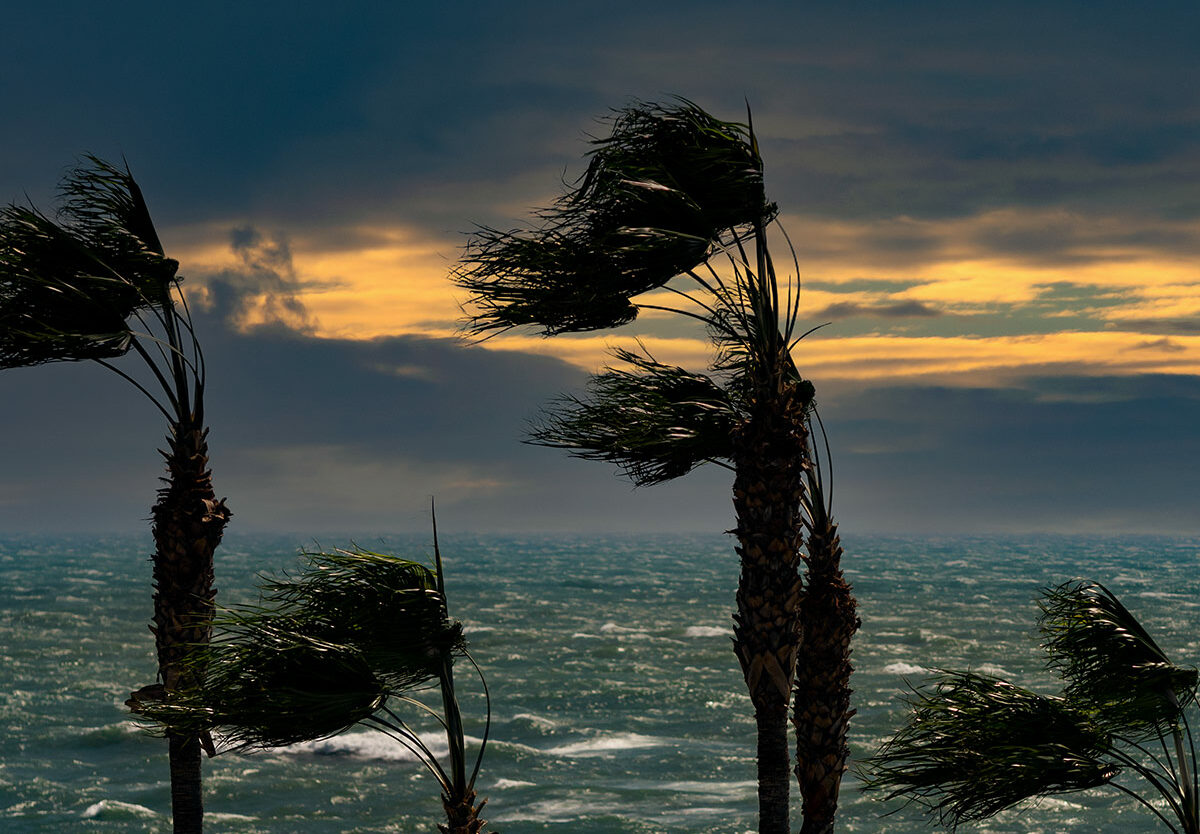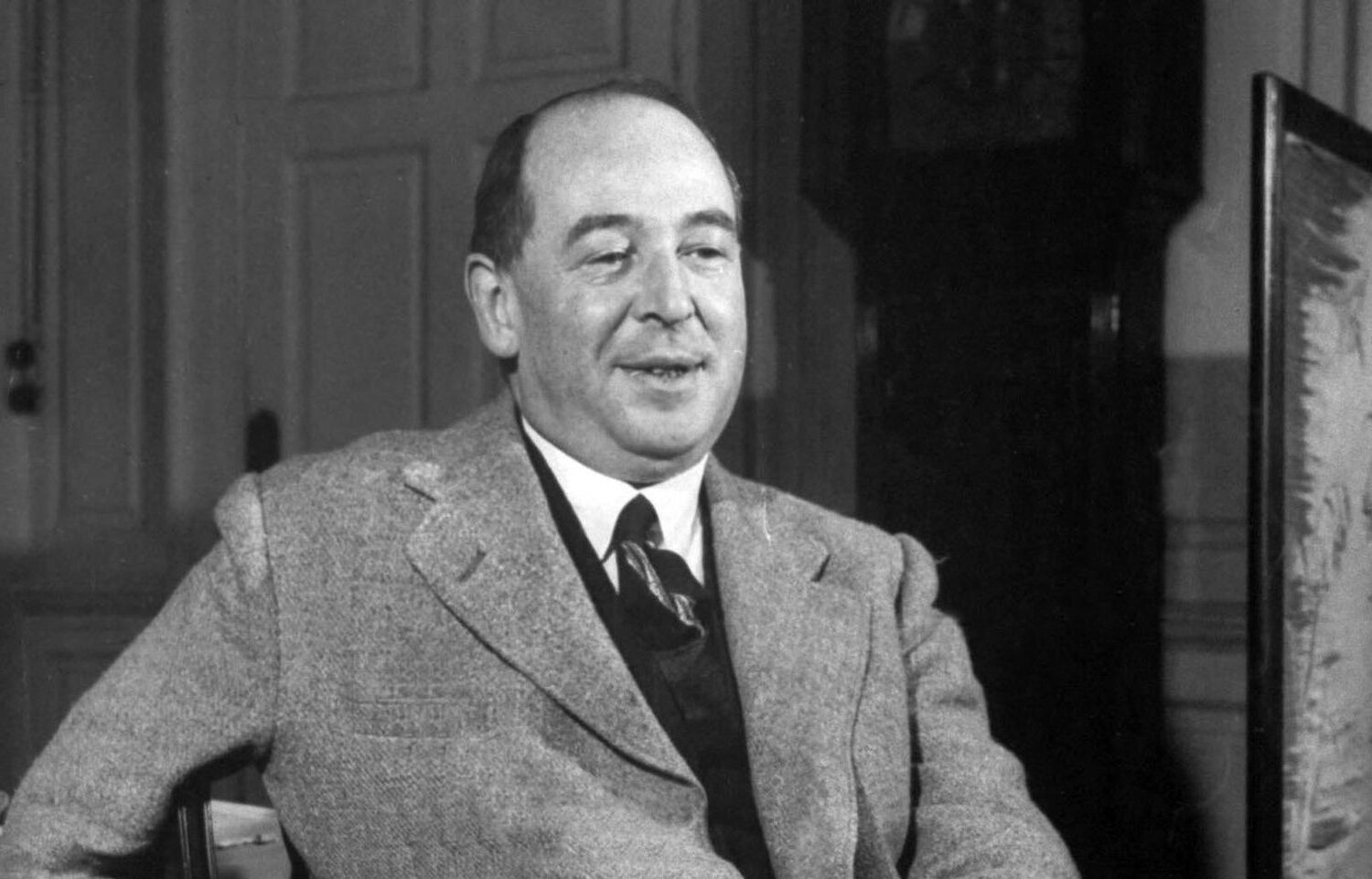
Ever wondered why April 12th whips up a storm in the calendar? It's National Big Wind Day, a day that commemorates the record-breaking wind gusts recorded at the Mount Washington Observatory in 1934. Now, why should we give a hoot about some blustery day from decades ago? Well, it's not just about the wind; it's a celebration of nature's raw power and the fascinating ways we measure and study our environment. From trivia buffs to weather enthusiasts, everyone can find something intriguing about this gusty day. So, let's breeze through some mind-blowing facts that'll make you look at April 12th in a whole new light. Ready to be blown away?
Key Takeaways:
- National Big Wind Day celebrates the highest wind gust ever recorded on Earth, reminding us of the power and impact of wind in our world. It's a fun and educational day for all ages to learn about weather and wind energy.
- Wind is more than just moving air; it's a critical component of Earth's ecosystem. Understanding wind helps predict weather, protect endangered species, and harness clean energy from wind turbines.
National Big Wind Day commemorates a momentous event in weather history. On April 12th, enthusiasts and meteorologists alike celebrate the power and mystery of wind. This day marks the anniversary of the highest natural wind gust ever recorded on Earth. Let's breeze through some fascinating facts about this windy day.
What is National Big Wind Day?
National Big Wind Day is observed every year on April 12th. It honors the recording of the highest wind gust measured on the surface of the Earth. This record-breaking event occurred at the Mount Washington Observatory in New Hampshire, USA, in 1934. The wind speed? An astonishing 231 miles per hour.
- National Big Wind Day is not just about remembering a record; it's a day to appreciate the force and impact of wind in our world.
How Did National Big Wind Day Originate?
The origins of National Big Wind Day trace back to the event itself. On April 12, 1934, the Mount Washington Observatory, located atop the highest peak in the northeastern United States, recorded a wind gust of 231 mph. This extraordinary measurement was captured by the observatory's staff, who braved extreme conditions to monitor and report on weather patterns.
- The day serves as a reminder of the challenges and dangers faced by meteorologists and researchers studying extreme weather conditions.
Why Celebrate National Big Wind Day?
Celebrating National Big Wind Day helps raise awareness about the power of nature and the importance of weather observation. It's a day for educators, scientists, and weather enthusiasts to engage in discussions about wind and its effects on the environment.
-
Schools and educational institutions often use this day to teach students about weather phenomena and the science behind meteorology.
-
Community events and activities, such as kite flying competitions, can also take place, making it a fun and educational day for all ages.
The Record-Breaking Wind Gust
The wind gust recorded on April 12, 1934, at the Mount Washington Observatory remains one of the most significant meteorological events in history. Despite advances in technology and numerous attempts to break this record, the 231 mph gust stands as the highest wind speed observed at ground level.
- This record is a testament to the unpredictable and powerful nature of the wind.
How to Observe National Big Wind Day
Observing National Big Wind Day can be as simple as learning more about wind and its effects on the environment. For those looking to actively participate, here are a few suggestions:
-
Visit a local science museum or observatory to learn more about meteorology and wind patterns.
-
Participate in or organize a kite flying event, which is a fun way to experience the power of wind firsthand.
-
Engage in discussions or attend lectures about climate change and how wind plays a crucial role in our planet's weather systems.
The Importance of Wind in Our Ecosystem
Wind is more than just moving air; it's a critical component of Earth's ecosystem. It affects weather patterns, helps pollinate plants, and even influences ocean currents.
-
Understanding wind and its behavior is essential for predicting weather and preparing for natural disasters.
-
Conservation efforts often rely on studying wind patterns to protect endangered species and their habitats.
Fun Activities for National Big Wind Day
Looking for ways to make National Big Wind Day a breeze? Here are some fun and educational activities:
-
Create your own wind chimes or weather vanes as a craft project, which can help kids learn about wind direction.
-
Conduct simple experiments to demonstrate how wind is created and how it can be harnessed for energy.
-
Challenge friends and family to a wind-themed trivia game, including questions about wind records, wind energy, and famous storms.
Wind Energy: A Renewable Resource
One of the most significant aspects of wind is its potential as a renewable energy source. Wind energy is clean, sustainable, and increasingly important in our efforts to reduce reliance on fossil fuels.
-
Wind turbines convert the kinetic energy in wind into electricity, demonstrating how powerful and beneficial wind can be when harnessed properly.
-
Initiatives to expand wind energy projects are crucial for achieving environmental sustainability goals and combating climate change.
A Breezy Recap: National Big Wind Day
National Big Wind Day on April 12th blows in as a reminder of the power and mystery that wind holds. From the record-breaking gusts at the Mount Washington Observatory to the everyday breezes that power turbines and kites, this day celebrates wind's dynamic role in our world. Whether you're a weather enthusiast, a renewable energy supporter, or simply someone who enjoys a good breeze, there's something for everyone to appreciate about wind. Let's use this day to reflect on how wind shapes our environment, influences weather patterns, and offers a clean energy source. So, next time you feel a gust of wind, remember the incredible force it represents and the history it carries with it. Here's to hoping National Big Wind Day leaves you feeling refreshed and inspired by the endless possibilities that wind brings into our lives.
Frequently Asked Questions
Was this page helpful?
Our commitment to delivering trustworthy and engaging content is at the heart of what we do. Each fact on our site is contributed by real users like you, bringing a wealth of diverse insights and information. To ensure the highest standards of accuracy and reliability, our dedicated editors meticulously review each submission. This process guarantees that the facts we share are not only fascinating but also credible. Trust in our commitment to quality and authenticity as you explore and learn with us.


